
Binh Phuoc province is famous for its vast rubber forests. The red basalt soil and suitable climate have contributed to making Binh Phuoc the “capital” of rubber trees.

More than 100km from Ho Chi Minh City, the rubber forest in Binh Long town has given me a new experience of the changing colors of nature. With a history dating back to the early 20th century, in addition to planting, exploiting, providing raw materials and services related to the rubber industry, this forest of more than 10,000 hectares also plays an important role in cleaning the air and filtering dust from the surrounding big cities.

Every year, rubber tree leaves will turn yellow and then change their coat from December, until the end of March when the forest is covered in green again. At this time, the air in Binh Phuoc is cold, covered with morning mist.

The rubber trees are planted in neat rows. In particular, in the forest there are trails for rubber exploitation and transportation, so moving around here is very easy.

On these paths, you can see workers rushing to work, children rushing to school or people carrying goods to the market early to earn a living. Especially, in the season when rubber leaves turn yellow and red, the space becomes more bustling with the footsteps of tourists and photographers.

To have beautiful angles, tourists often choose the time of dawn with early morning mist or sunset with bright sunlight. The winding roads will be the most beautiful in the picture, like an oil painting with attractive color blocks. There are groups of young people who choose to camp in the rubber forest to relax in the romantic scene with their loved ones.

Another interesting thing is that when coming to the rubber forest, visitors can taste the honey raised in natural conditions in this forest. During the honey harvest season, each bee farm cluster usually has dozens of workers carrying tools to avoid bee stings, smoke machines and hundreds of plastic cans used to store honey to bring back to the factory.

The vast rubber forests are the ideal destination for bee colonies. Bees suck the sap from the rubber tree leaves to produce honey that is light amber in color, sweet in taste and has a light aroma.

Visitors can enjoy the romantic scenery, fresh natural space and taste local products and don't forget to buy this unique gift.
Heritage Magazine



![[Photo] Editor-in-Chief of Nhan Dan Newspaper Le Quoc Minh received the working delegation of Pasaxon Newspaper](https://vphoto.vietnam.vn/thumb/1200x675/vietnam/resource/IMAGE/2025/9/23/da79369d8d2849318c3fe8e792f4ce16)

![[Photo] Prime Minister Pham Minh Chinh chairs the 14th meeting of the Steering Committee on IUU](https://vphoto.vietnam.vn/thumb/1200x675/vietnam/resource/IMAGE/2025/9/23/a5244e94b6dd49b3b52bbb92201c6986)

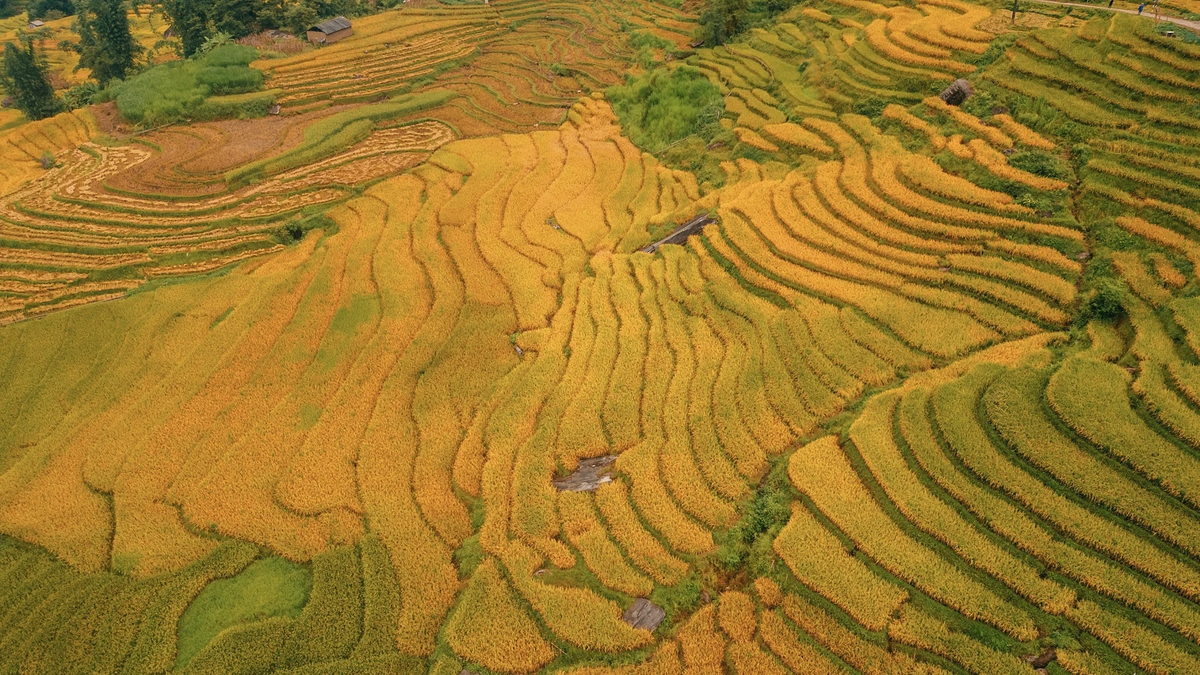
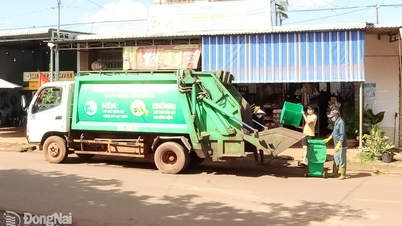

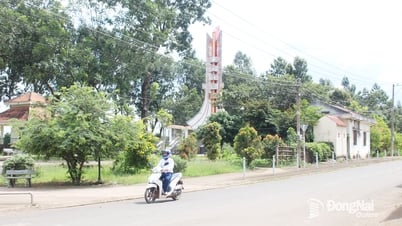

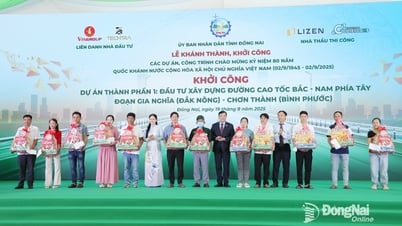
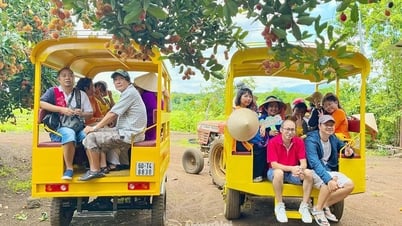
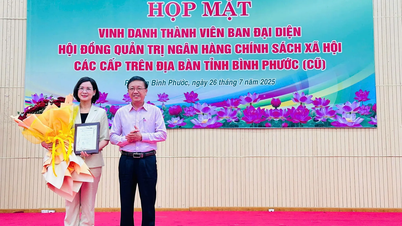




![[Photo] Editor-in-Chief of Nhan Dan Newspaper Le Quoc Minh received the working delegation of Pasaxon Newspaper](https://vphoto.vietnam.vn/thumb/402x226/vietnam/resource/IMAGE/2025/9/23/da79369d8d2849318c3fe8e792f4ce16)

![[Photo] Prime Minister Pham Minh Chinh chairs the 14th meeting of the Steering Committee on IUU](https://vphoto.vietnam.vn/thumb/402x226/vietnam/resource/IMAGE/2025/9/23/a5244e94b6dd49b3b52bbb92201c6986)
![[Photo] General Secretary To Lam meets voters in Hanoi city](https://vphoto.vietnam.vn/thumb/402x226/vietnam/resource/IMAGE/2025/9/23/d3d496df306d42528b1efa01c19b9c1f)
![[Photo] General Secretary To Lam attends the 50th anniversary of the founding of the Vietnam National Industry and Energy Group](https://vphoto.vietnam.vn/thumb/402x226/vietnam/resource/IMAGE/2025/9/21/bb0920727d8f437887016d196b350dbf)
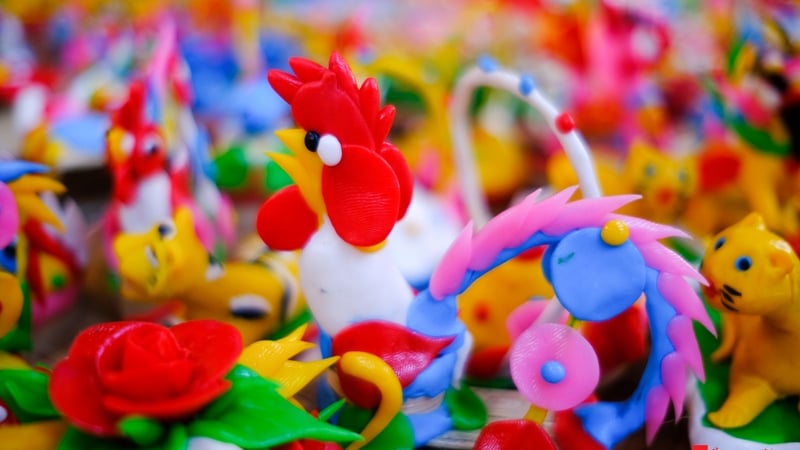
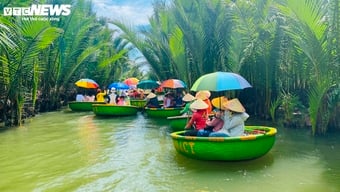


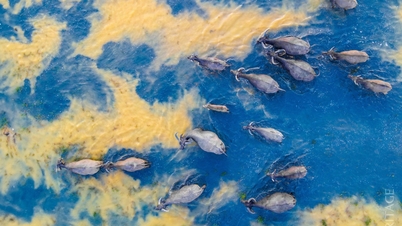

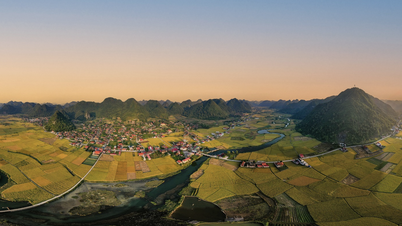
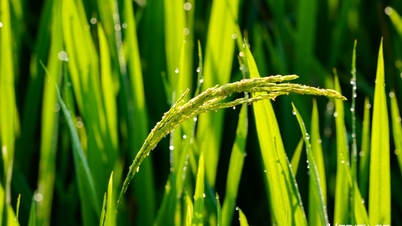
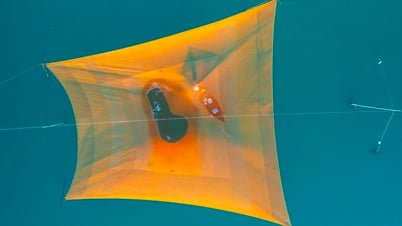

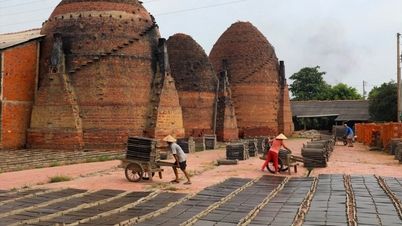



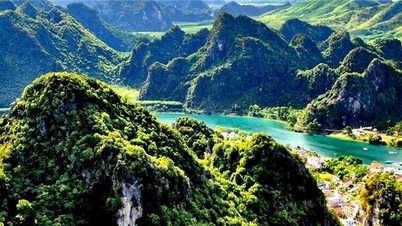


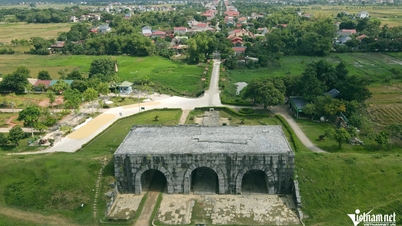






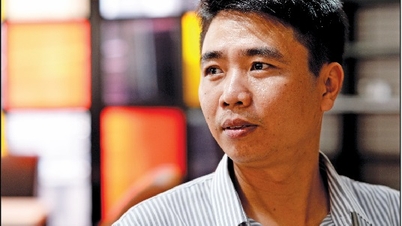

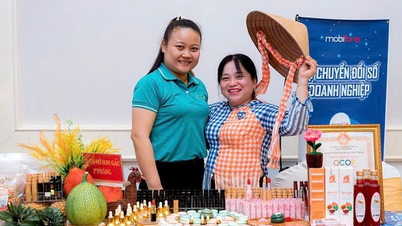












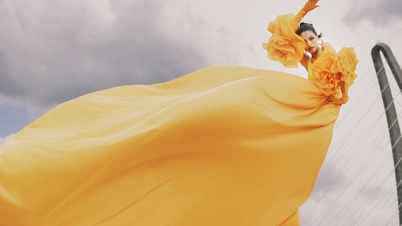












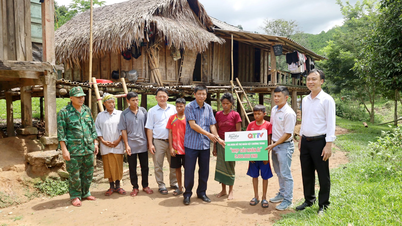





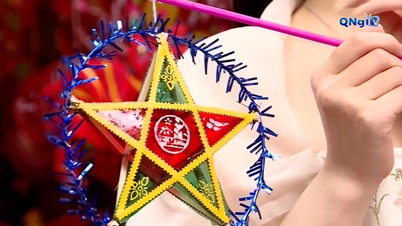



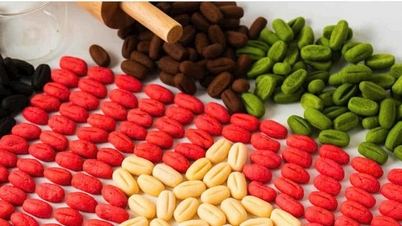

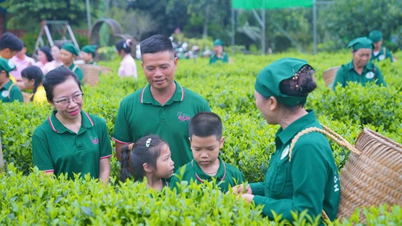

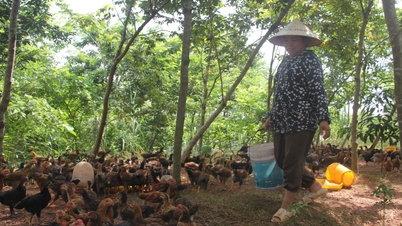
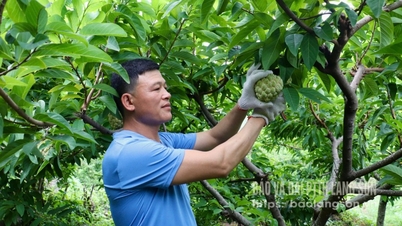

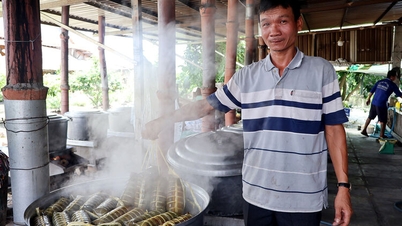


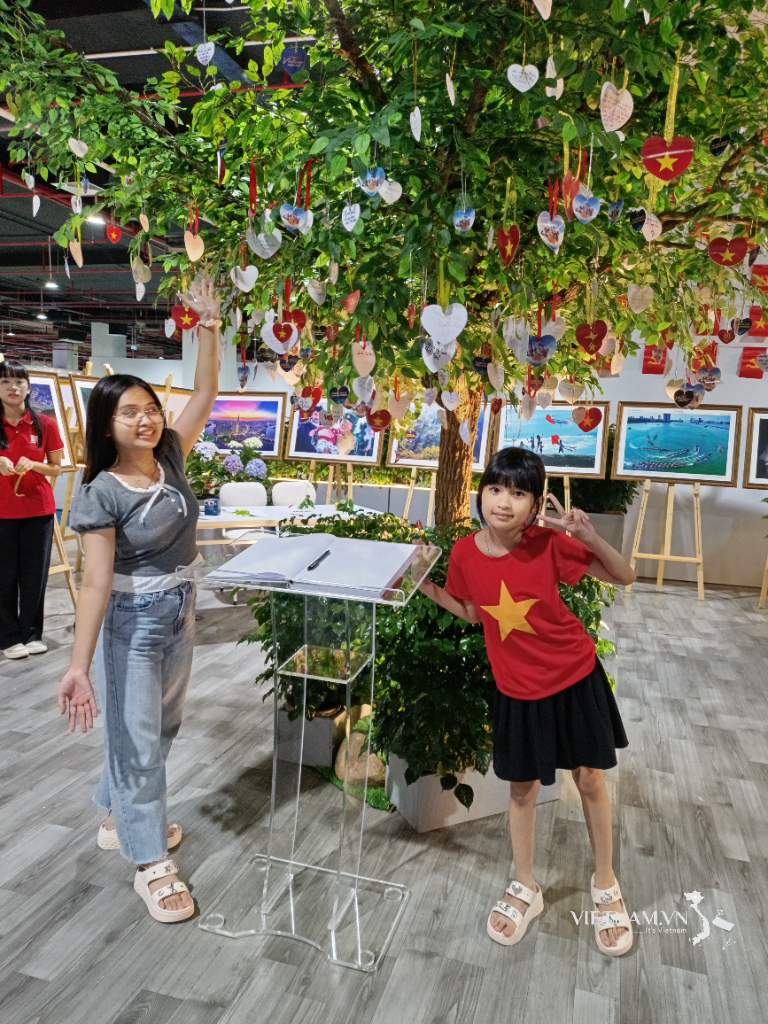


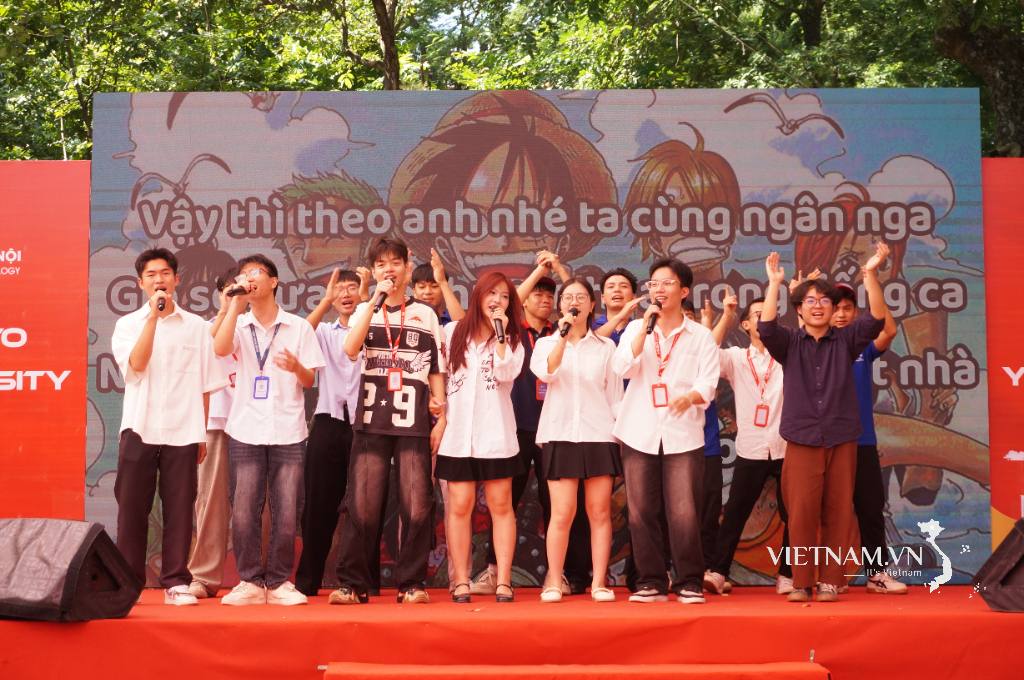
Comment (0)